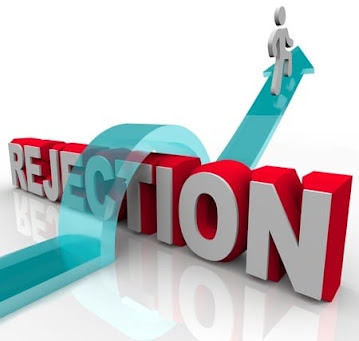Where to Start When You Have to Start Over
“You never have to start over with nothing so long as you have yourself.”
That’s my standard response to anyone who asks me why I believe personal development trumps any other business or career investment. It’s why I read, it’s why I write, it’s why I work with mentors and it’s why I mentor others. Because every one of those activities builds my personal inventory. They may not make me money, in fact books and mentors usually cost me money, but they make me more valuable, which, in addition to making me more successful now, also makes starting over easier every time I do it.
I’ve been starting over since I was 14 with two suicide attempts under my belt and a belief that I wasn’t valuable to anyone. I’ve been fired, I’ve been divorced. I’ve been part of failed businesses. I’ve faced career burnout and resuscitation. And what has given me the power to start over every single time is an awareness of my value, and the intention and determination to increase my value to the world, to my clients and to myself.
But even though I had successfully started over many times, it wasn’t until about 10 years ago that I examined what it takes to start over. What was interesting to me, in reviewing all of my personal and professional “chrysalis periods,” was that each time emerging in a new form followed the same process. I could do it the hard way, or the not-as-hard way, but the requirements were the same.
Control that conversation you have with yourself.
Usually our conversation is about “having” to start over. Which translates to “having” to give up stuff. It’s a conversation about loss and grief. That’s natural, let yourself have it. But move through it into a “get to” conversation. When you “get to” start over, the conversation becomes about opportunities and possibilities. That's when you begin viewing your resources in a completely different light.
Reevaluate your identity.
We all have a picture of ourselves. It’s how we self-identify in the world. You might self-identify as a geek, or an intellectual, or a smart aleck. Our self-identity is directly tied to where we’ve been and what we’ve done. It’s a box of “been there, done that.” But to go where we want to go and do what we want to do in this next phase of our lives, we need to self-identify as the kind of person who can and will go there, do that. You can never live or succeed at a higher level than your self-identity allows.
Take stock of your personal resources.
Even when I remind people that their greatest resource is their self, I find that they see that self the way they’d write their Curriculum Vitae. They list their education, their work experience, their accomplishments, achievements, awards and acknowledgements. But they don’t list who they are, as a person. They don’t say, “I have an amazing ability to show compassion without losing sight of the bigger picture and demands of the project.” Which is too bad, because there are a lot of people who can complete a project, but not so many who can bring it in on time and on budget with compassion for their team, their client and, hopefully, themselves. While those first four “A” words are an important inventory, there are two others that are more important personal resources; Attitude and Attributes.
It’s important to also inventory your assets, calculating how long your cash reserves will last, for instance. But don’t forget that your most important asset, when starting over and every phase of your life, is your connections. Your safety net is your network, from your inner circle
Check your assumptions.
It’s safe to say, “Oh, that person will never talk to me,” or “I don’t have the credibility to get that gig.” Disqualifying yourself is the easiest way to avoid rejection. But when you assume you can’t, you guarantee that you won’t. Suspend your assumptions. Not only will you get braver about asking for the appointment or sending in the proposal, you’ll frame your request or bid differently than if you assumed it wasn’t possible, but somehow talked yourself into trying anyway.
Every time I have started over, recreated my life, my brand or my business, I’ve taken myself through those four exercises. Once I discovered the pattern, starting over became an exciting period of reinvention and rebirth, rather than a frightening time of just trying to survive.
Source: www.entrepreneur.com


Comments